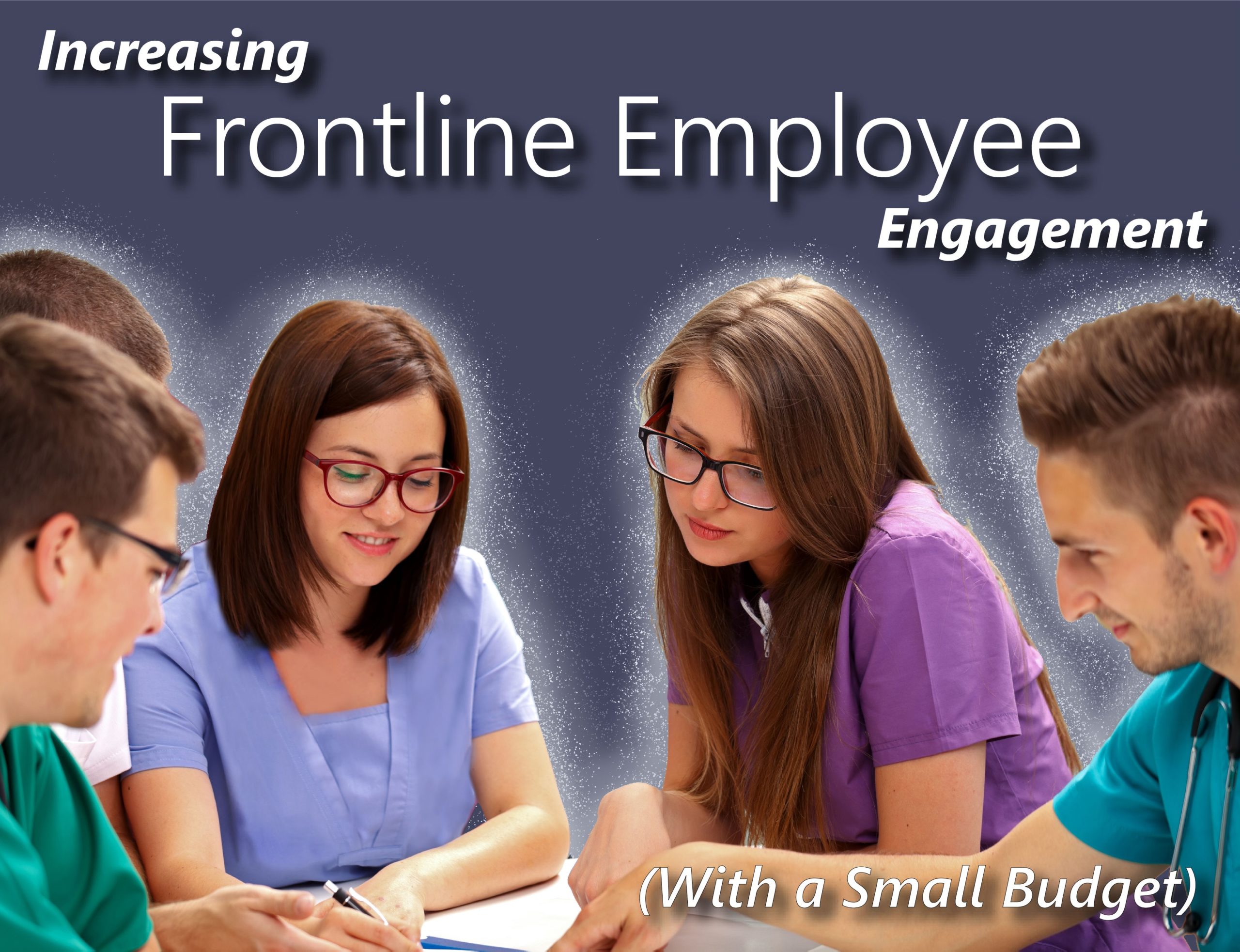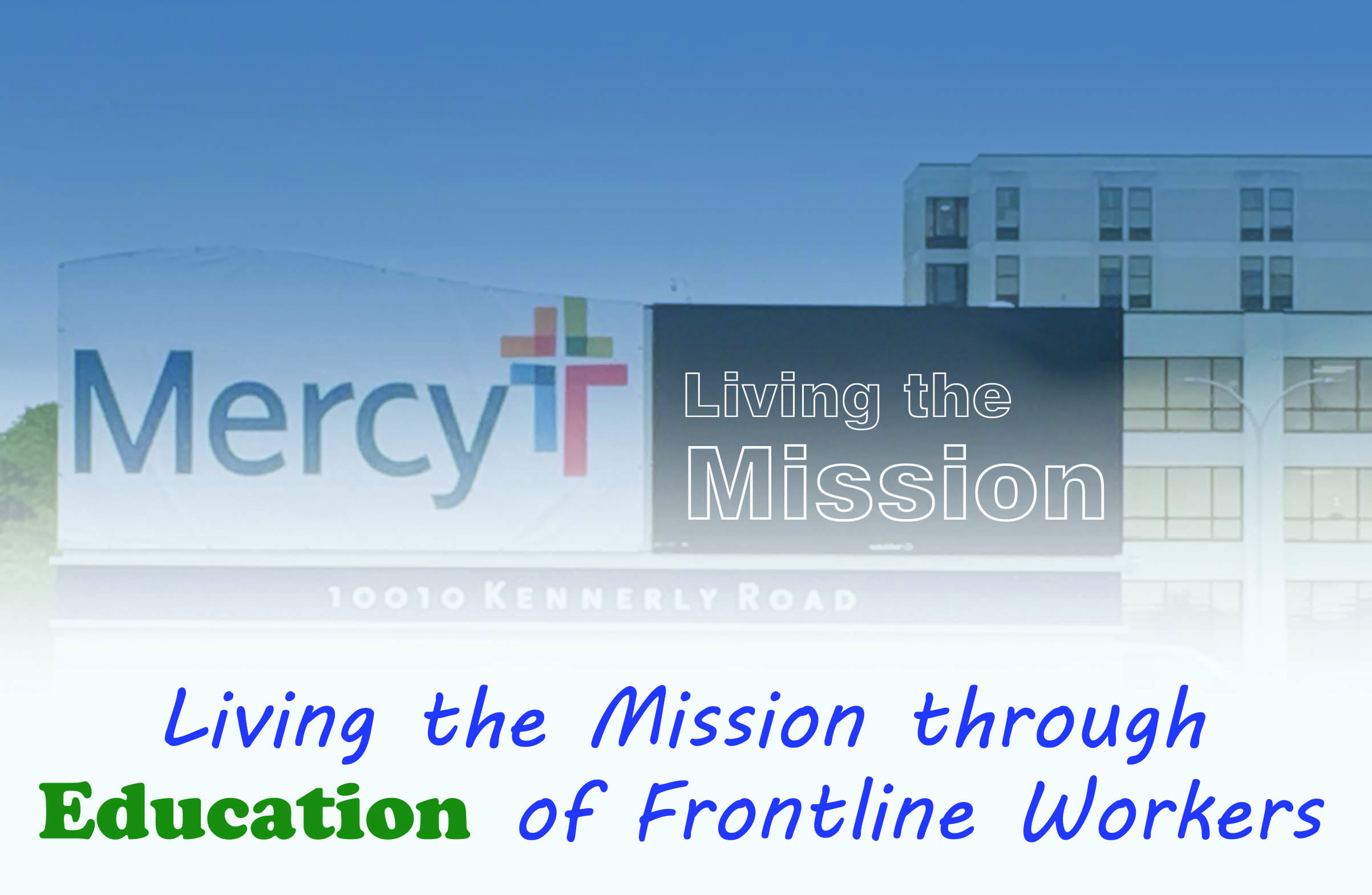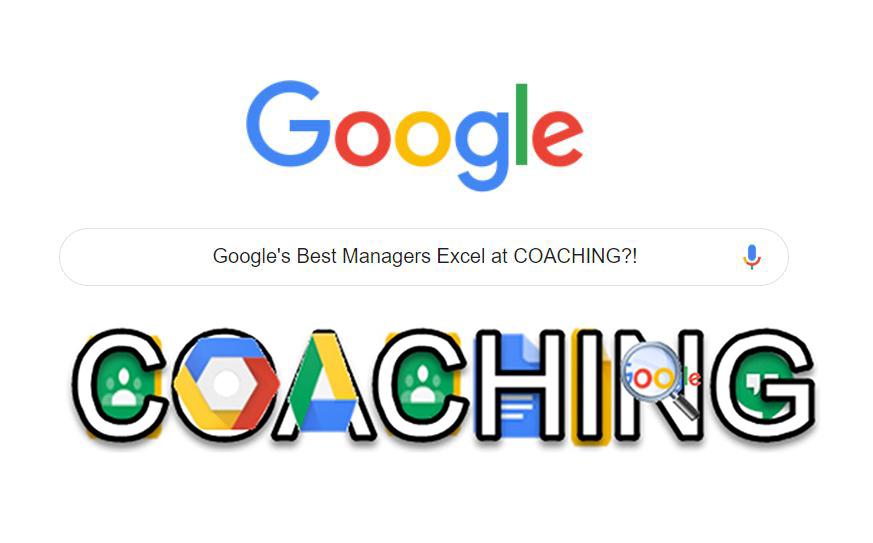1 – Workforce Logistic Changes and Staffing Preparations Due to COVID-19
Training entry-level staff to stay safe in the hospital is a big trend this summer. As furloughed entry-level workers go back to work, they will need to know the safest way to work when every surface is a potential hiding place for COVID-19. Training for sanitation and environmental entry-level roles may change as viral surface cleaning methods are even more stringent. Employee screenings for sick or exposed staff are happening, usually virtually, in order to screen associates for health implications before shifts.
Furloughs and staff layoffs obviously are already happening in many U.S. hospitals with non-emergency elective procedures at a standstill. Atrius Health in Massachusetts for example is temporarily closing many offices and placing many non-clinical employees on furlough. No one knows what will happen this Summer or Fall, but history shows that a non-vaccinated virus can have secondary spikes, more probable in cooler weather. Organizations are relocating staff from a variety of other care sites like outpatient procedural areas, ambulatory care sites, and low volume clinics to address staffing needs in ICU’s and higher priority locations.
2 – New Digital Interaction Jobs
With changes in technology, and younger consumers preferring digital interaction, hospitals will be challenged to prepare Frontline workers with jobs that don’t even exist yet – think Administrative or Medical Records roles that involve Social Media outreach and interaction. Digital interaction will also change Medical Assistant and Technician roles as they deal with Teledoc customers and keeping health records organized. These changes are expected as care moves away from few large hospitals to quick-care and community-based health centers.
As hospitals become more invested in social media and engaging patients online, entry-level workers will need to be trained on how to provide positive customer experiences in a virtual setting. If your system hasn’t started a social media strategy yet, this will probably soon change. Patients will begin to shop for healthcare the way they shop for cars or electrician services—by searching the Internet, looking for quality metrics and patient reviews, and comparing prices.
Chatbots are another digital trend, and they might replace some administrative type roles. But that doesn’t mean Frontline workers in these positions will necessarily be replaced. Rather, their role will change to meet the new demands of other types of technology – analyzing data from wearables, teaching patients how to use wearables at home, and moderating Telehealth forums to interject and provide patient care when the Chatbot is unable to resolve a question or issue.
3 – Retail Mindset in Healthcare, and Workforce
A direct impact of patient centered care and “retail” inspiration may require additional interpersonal skill training. These are the soft skills of personal interactions, and ultimately drive health system brand loyalty. Quick care health locations in retail centers are popping up, including shopping malls and Walgreens, and existing hospitals are taking inspiration from the retail environment to improve the customer experience – for example, Frontline staff walking the floor and using iPads for check-in instead of the traditional desk.
A retail mindset will create shifting expectations of how Frontline staff interact with patients; to do this, hospitals will use retail best practices to train employees. While broadening the skill set of eligible employees can be a good thing for hospitals, it’s also likely to increase turnover – an unfortunate result of this soft skill “retail” training is more employees could move back and forth between the health and retail industries as skills become more transferable.
4 – Virtual Training for Employees – More Important than Ever Amid COVID-19
Virtual employee training affects nearly every job category, even entry-level staff. As we move forward through (and past) the COVID-19 pandemic, virtual training for employee safety will be more important than ever. As healthcare moves to smaller locations with quick care being a core theme, virtual training and self-taught modules will continue to be a key upskilling format. Aside from merely showing employees best practices and social skills, digital/virtual training programs will be challenged to come up with authentic ways to evaluate these skills – perhaps through virtual group meetings, virtual role play, or interactions in virtual reality.
5 – Automation Could Threaten Some Entry-Level Jobs in Healthcare
While frontline roles often require direct patient interaction, some are still subject to being replaced by automation, including cooks and information clerks. Twenty percent of companies have already deployed chatbots in the workplace and 57% are anticipated to do so by 2021. This technology could disrupt traditional hospital customer service jobs. Companies are using chatbots as personal assistants, for on-demand customer support, to mine data, streamline business processes, recover product information and to answer employee questions.
Interrupting entry-level employment situations at hospitals could interfere with traditional career pipelines to manager roles, so have development and succession plans ready, even at this level, in preparation for a more automated work environment.
6 – Upskilling and Alternative Job Perks – (They Could be One and the Same)
Higher pay will always have appeal, but some hospitals are getting creative with alternative perks as a way to reduce turnover. For example, employee assistance with loans, free meals, time off, and affordable onsite childcare options can resonate. As an example of alternative perks, Advocate Healthcare (IL) offers its Advancing Careers Through Education program which provides 100-percent tuition reimbursement for programs in high-demand specialties, such as nursing, respiratory care, or health information technology. Another example hospital, Lurie Children’s Hospital in Chicago provides concierge services for daily errands. Plus, employees with children on the college hunt can use Lurie Children’s college coaching program, in which a counselor helps families with the school selection, application and financial processes. And Lurie Children’s even offers up to $5,000 for adoption assistance and tuition reimbursement.
Upskilling will be increasingly important as technology/automation replace some jobs at hospitals. To prepare for this, healthcare facilities can take inspiration from AT&T, who reached out to employees in roles that were soon to be obsolete, and advised them to start taking action to learn new skills before roles were eventually eliminated. AT&T offered 100,000 employees in such positions corporate assistance and training to re-direct their employment to more relevant and long term roles.
It goes without saying that our world is changing in the face of COVID-19. As US Health Systems are tackling these many new challenges, they must continue keep those who are toughing it out on the frontlines engaged. To read about 9 techniques that US health systems are already using to engage entry level associates, check out our article “9 Ways Hospitals can Support Frontline Healthcare Workers, and Create a Winning Culture!”
—–
BONUS – All About Nursing with Dr. Joyce Batcheller
Dr. Joyce Batcheller is an Executive Nurse Advisor with The Center for the Advancement of Healthcare Professionals for AMN Healthcare and is responsible for the development and delivery of two Chief Nursing Officer Academies: CNO Academy I, which was developed for new and aspiring CNOs and CNO Academy II, which was developed for experienced CNOs. Having served as a Chief Nursing Officer for more than 19 years in one of the largest healthcare providers in Central Texas, she has extensive experience in leading large system changes within a complex multi-hospital organization.
Dr. Batcheller’s podcast, “All About Nursing” explains how nurses play a significant role in providing healthcare in multiple care settings. You will be able to hear from some of these key nurses who work in practice, academia and other practice settings. You will hear about challenges nurses are engaged in as healthcare continues to experience an unprecedented need to decrease costs and improve outcomes. Recently, Dr. Batcheller interviewed Robyn Begley CEO of AONL and Kim Glassman who is leading work in NYC related to COVID-19. Listen to the podcast here.
—
Sources
- “COVID-19 Hits Some Health Care Workers With Pay Cuts and Layoffs,” NPR, Martha Bebinger, April 2, 2020
- Healthcare Employment Data 2016-2026, U.S. Bureau of Labor
- “Seven Learning and Development Trends to Adopt in 2019,” Forbes September 24, 2018, Cameron Bischop/Forbes Human Resources Council
- “5 Best Hospitals to Work for in 2018,” Indeed.com and Beckers Hospital Review publication, August 31 2018, Alyssa Rege
- “These are the Fastest Growing Healthcare Careers,” May 22 2018, Hospital Recruiting Magazine, Crystal Jones RN
- “Employment Training for the Healthcare Industry,” Training Today
- “Top 8 Healthcare Predictions for 2018,” Forbes November 13 2018, Reenita Das





